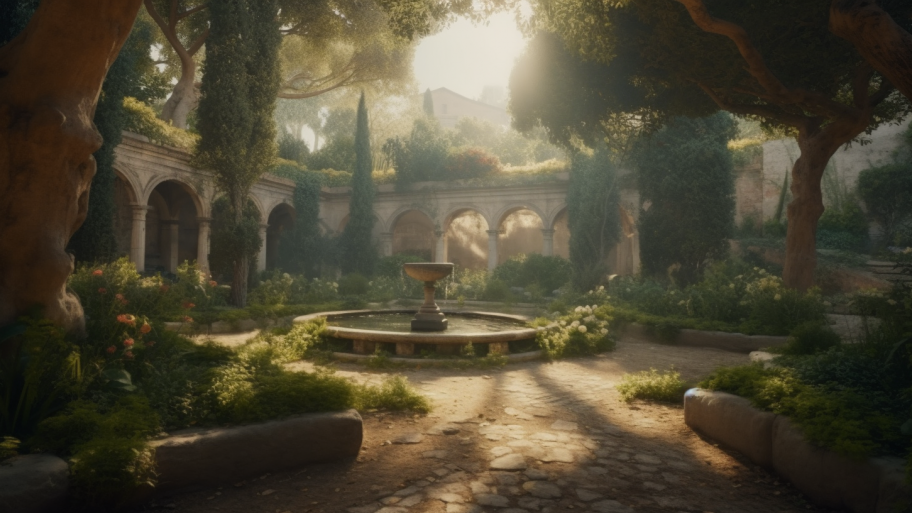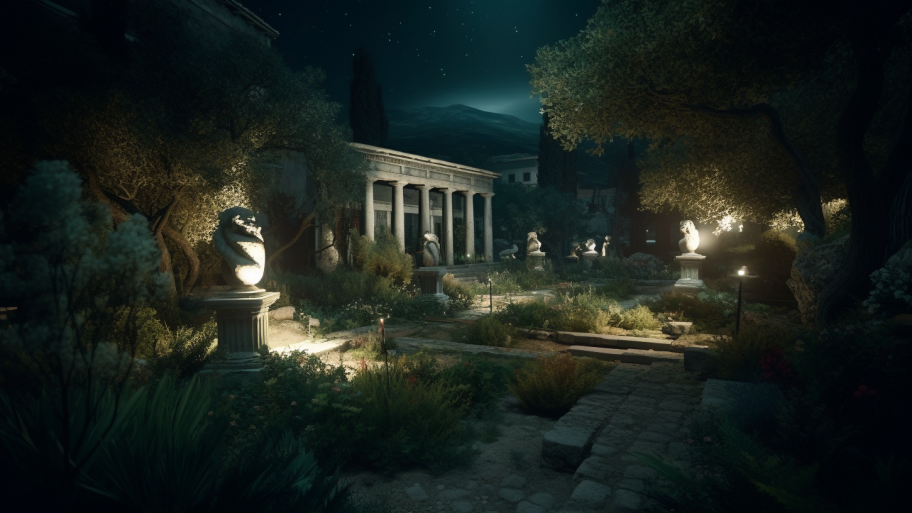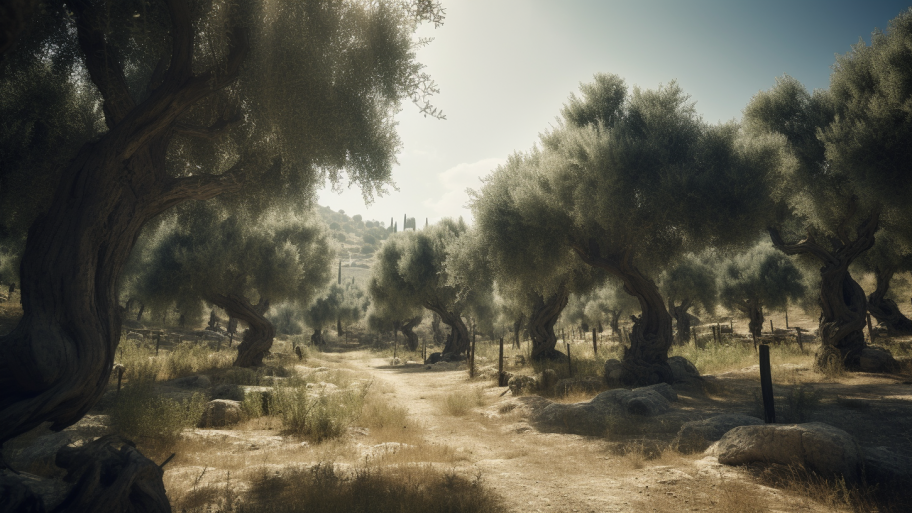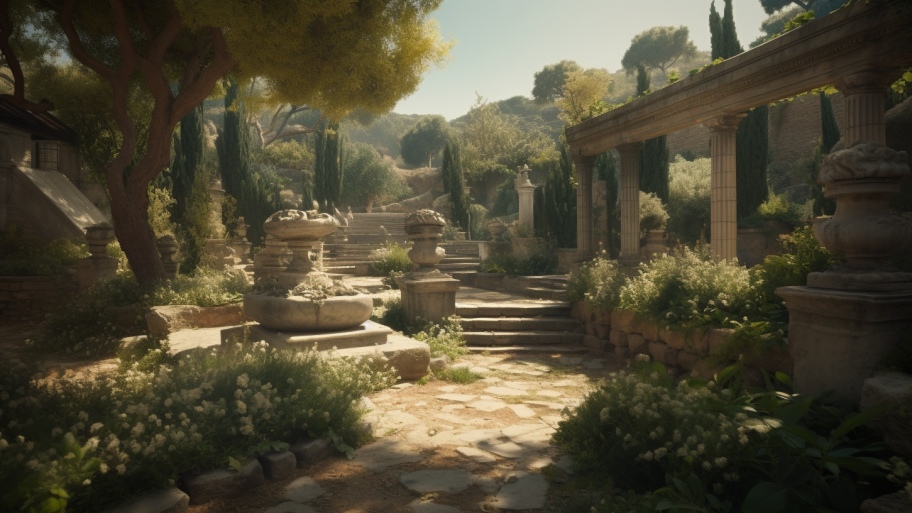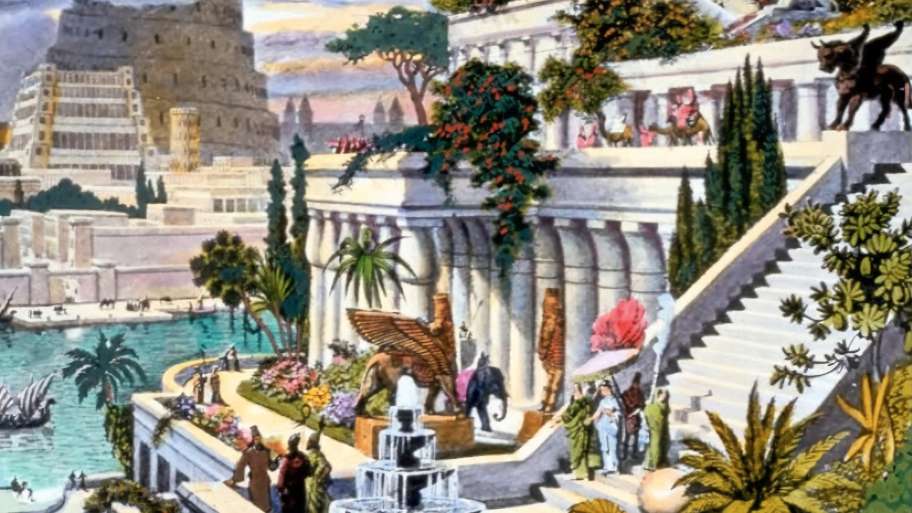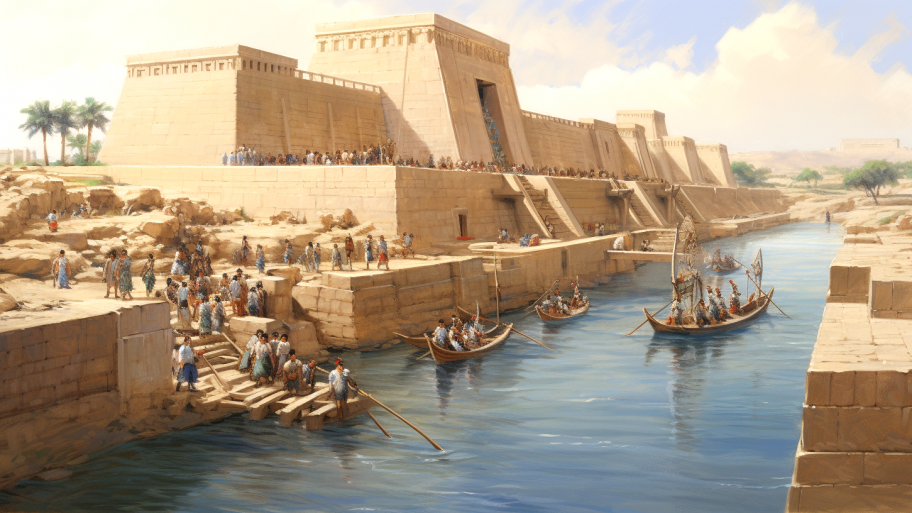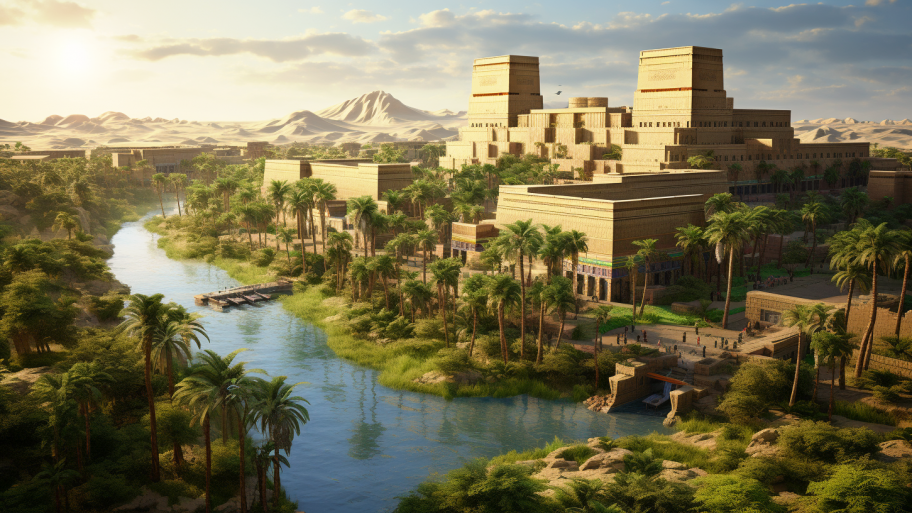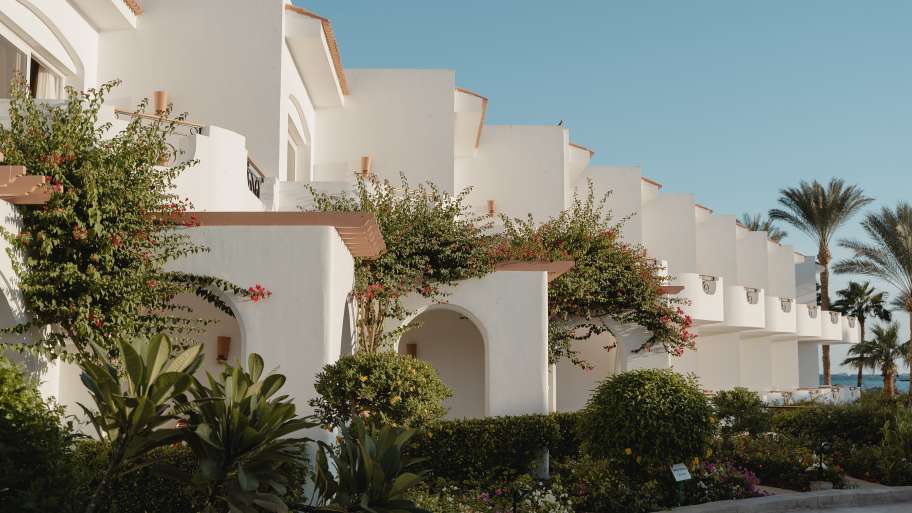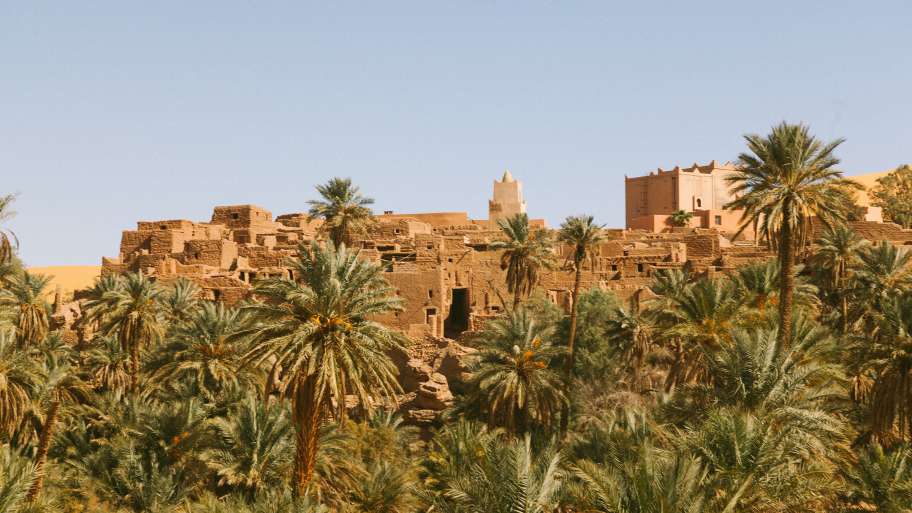The Romans are renowned for their innovative engineering, architectural masterpieces, and their passion for opulence, and their gardens were no exception. Roman horticulture and villa gardens were designed to showcase the wealth, power, and aesthetic sensibilities of their owners, while also serving as sanctuaries for relaxation and contemplation. They were essential components of Roman life, reflecting the culture’s appreciation for…
